It can’t be reiterated enough; the weather in Iceland is ever-changing. You can never know that the weather will be one way or the other at a specific time of year.
It is not unheard of that it snows in June or July; we can have completely snowless winters, freezing temperatures in May or 20 °C in December.
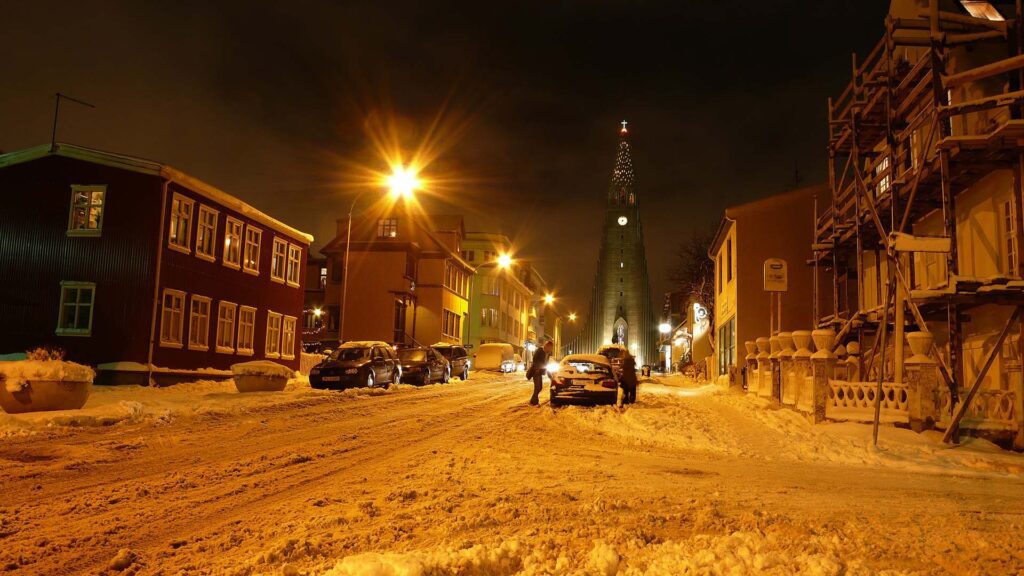
These are obviously not a common occurrence, but it’s just an example of being ready for anything. But having said that, it doesn’t mean you need your heavy winter coat for a summer trip to Iceland.
So, to answer this “what to pack for Iceland?” question, we decided to just write a comprehensive blog post for your pleasure!
Check out our post on Icelandic weather for temperatures in Iceland during the year but if you are not sure, you can check out our blog on what month is the best to visit. The southern coastal area of Iceland is categorised as subpolar oceanic, which means we have mild summers relative to our latitude and cool but not freezing winters, with a relatively narrow annual temperature range and few extremes of temperatures.
What to pack for winter in Iceland?
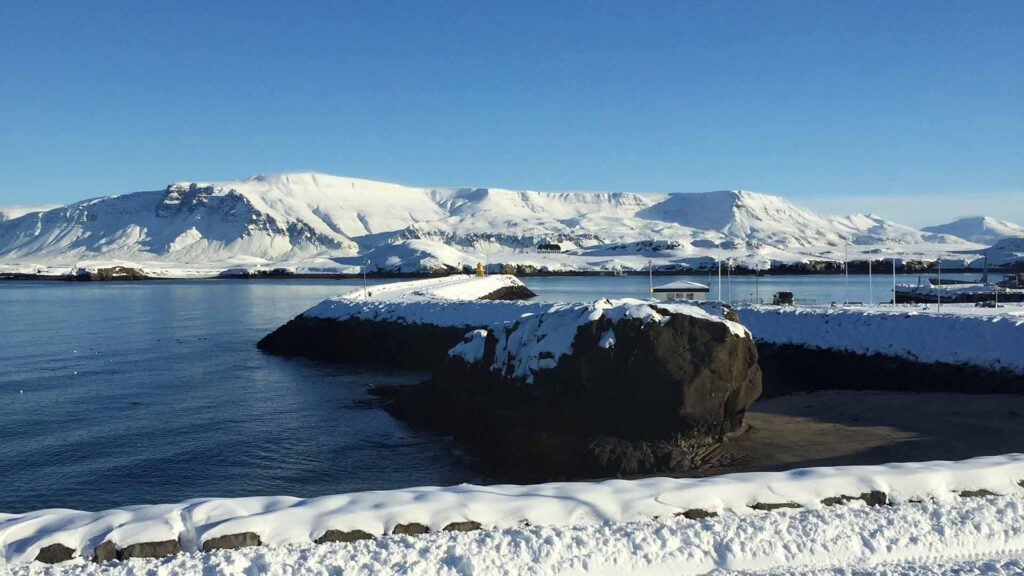
According to the Old Icelandic calendar, winter lasts from the end of October to the end of April. It is not far off, but at that time, there were only two seasons: winter and summer. The mean temperature between October and April is about 35.6°F (2°C), which isn’t high at all, but it’s not as cold as one would think on an island this close to the Arctic.
However, Iceland is a windy island. The northern wind in the winter is something else, so be sure to bring a well-insulated jacket with you. The sidewalk can also become icy, especially in January and February, so bring sturdy shoes with a course sole.
We always recommend people dress in layers when in Iceland – even in the summer months. Woollen or thermal layers closest to the body and then end with a well-insulated jacket and trousers, preferably a bit waterproof. Icelandic lopapeysa or wool sweater is also a good layer to own. You can get an authentic Icelandic lopapeysa in The Handknitting Association of Iceland on Skólavörðustígur or Borgartún in Reykjavík. You will also often find them second hand in any of the Red Cross second-hand stores.
If you stay in Reykjavik city and the capital area, you might not need the insulated trousers; most Icelanders skip them unless the weather is terrible. A hat, scarf, mittens or gloves and thick socks are essential to pack.
If you are going to hit the town, pack a nice outfit with you. Dress codes aren’t enforced in many places, but some do have a rule of being well-dressed. Not wearing sneakers, for example. But the most important thing to remember is to stay warm and dry. Many travel bloggers will tell you not to bring jeans because it is so wet. It is, however, probably the most common clothing item of any Icelander. We wouldn’t recommend wearing them when sightseeing, however.
The air during the winter months is dryer than in other months of the year, so we recommend you pack (or buy) a good lip balm.
Pack for winter:
- Thermal layers
- Woollen socks
- Winter coat
- Hat
- Scarf
- Mittens/gloves
- Sweaters
- Sturdy shoes
- Waterproof outer layer
- Windproof and/or waterproof trousers
- Lip balm
What to pack for summer in Iceland?
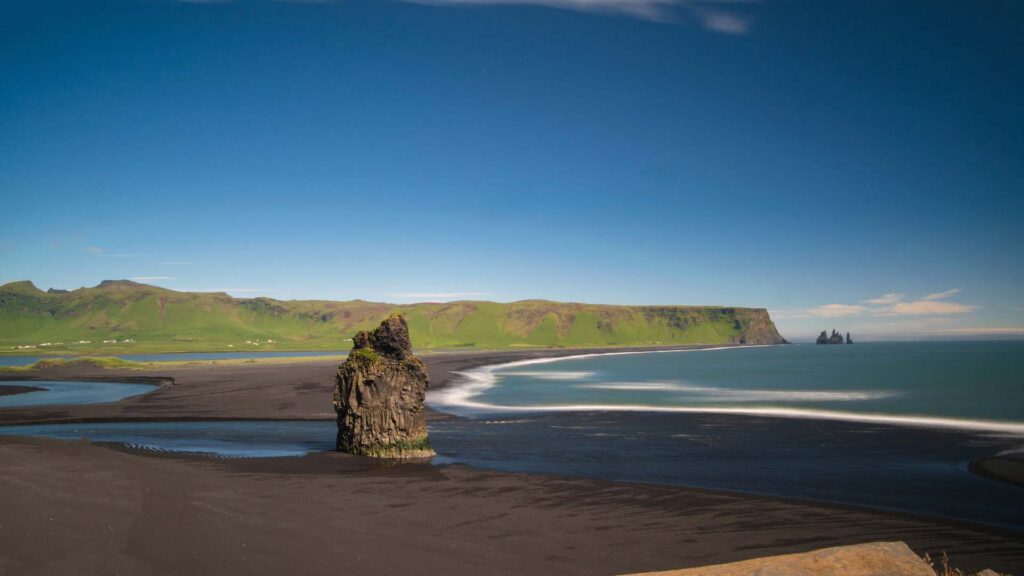
Icelandic summer is only 3 months, June, July and August. The mean temperature during the summer months in Reykjavik is 51.4°F (10.8°C), which isn’t all that high, but it does get colder in the evening and during the night. Temperatures can go higher, and Reykjavik’s highest ever recorded temperature was 78.3°F (25.7°C). It does get warmer in Akureyri over the summer months, with 84.9°F (29.4°C) being the highest recorded temperature there.
As for winter, we do recommend layers for summer travel as well, but you can skip the thermal underlayer. We recommend bringing a sweater and a light waterproof jacket. We recommend you pack a hat or cap, sunglasses, suntan lotion and rain gear.
Oh yes! You will need sunglasses. We have almost 24-hour daylight during most of the summer months, and just because it isn’t scorching hot, the sun can still burn. That 24-hour daylight also means you should pack a sleeping mask. Many Icelanders can sleep through the brightness, but many do have blackout curtains because it is just that bright.
Pack for summer:
- Sweater
- Light waterproof jacket
- Hat/cap
- sunglasses
- Scarf
- Raingear
- suntan lotion
- sleeping mask
What to pack for spring/fall in Iceland?
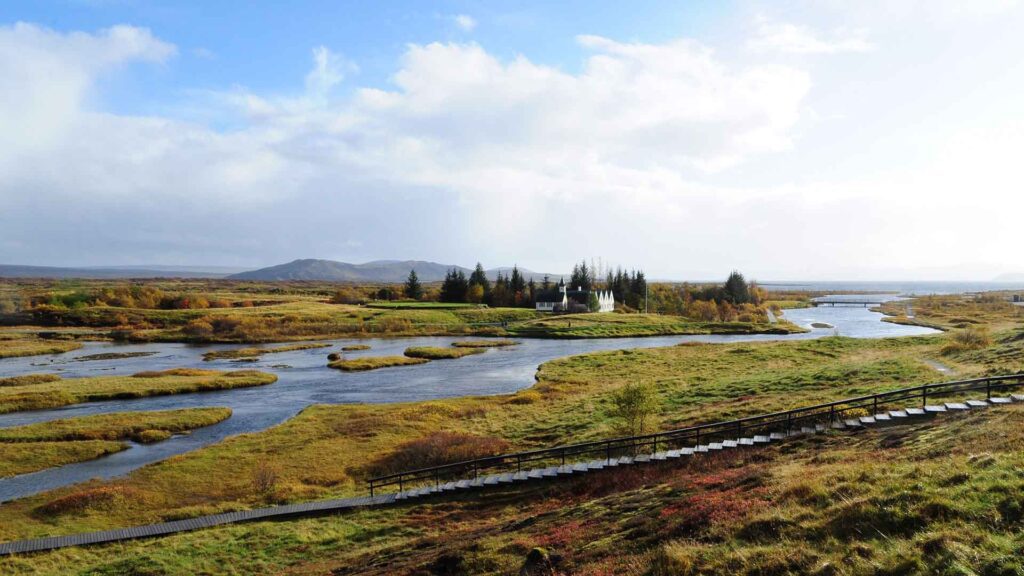
Spring and fall are April to May and September to October, with mean temperatures of 41.4°F in the spring and 43.8°F in the fall.
As it has not gotten as warm or is getting colder again during spring and fall, we recommend bringing your thermal layers. But you probably will not need your heavy-duty winter coat during those months. You notice, we said “probably”. So, you will have to use your discretion for these months. However, it is better to be safe than sorry, in our opinion. Bring your winter coat and a light jacket because anything can happen in those months!
Low-pressure storms are common during spring and fall in Iceland (and January and February), so expect some strong winds. Depending on the season, rain or snow usually follows these storms. They, however, seldom last more than a day.
Waterproof shoes, sweaters and a waterproof jacket are a must! If you are coming in spring, we recommend bringing your antihistamines if you have allergies. There may not be a lot of trees, but we have a lot of pollen.
Pack for spring and fall:
- Sweater
- Windproof and waterproof jacket
- Windproof and waterproof trousers
- Waterproof shoes
- Antihistamines
- Hat
- Scarf
- Gloves
Day-to-day packing
We recommend taking a small backpack with you when you go out on the road every day with essentials. For example, you can keep your wallet, battery pack, extra clothing layers, and a water bottle in it. Or, if you are warm, you can keep your hat, scarf, and mittens in it (depending on the season).
Things to bring for any season
A bathing suit is something you should not leave at home, even if you are coming in January. Icelandic geothermal swimming pools are warm all year round, as are the hot tubs. Then there are, of course, all the hot spring spas open all year round.
Specialised packing
If you come to Iceland for hiking or camping, your packing list will probably differ. If you want to camp in Iceland, you will not have to bring your camping gear because there are a few companies specialise in renting out hiking and camping gear.
There are even companies that specialise in renting out hiking gear. Still, we recommend bringing your own hiking boots, water bottles and a charging pack.
We highly recommend you download the ICE-SAR SafeTravel app if you are going hiking. In it, you can register your trip, and if you get lost or need help, they can locate you.
When you go on a camping or hiking trip outside of civilisation, bring toilet paper with you and please take all trash back with you.
Specialised packing:
- Hiking boots
- Reusable water bottle
- Charging pack
- Toilet paper
- Trash bags
- Download the SafeTravel app
Other things you shouldn’t forget
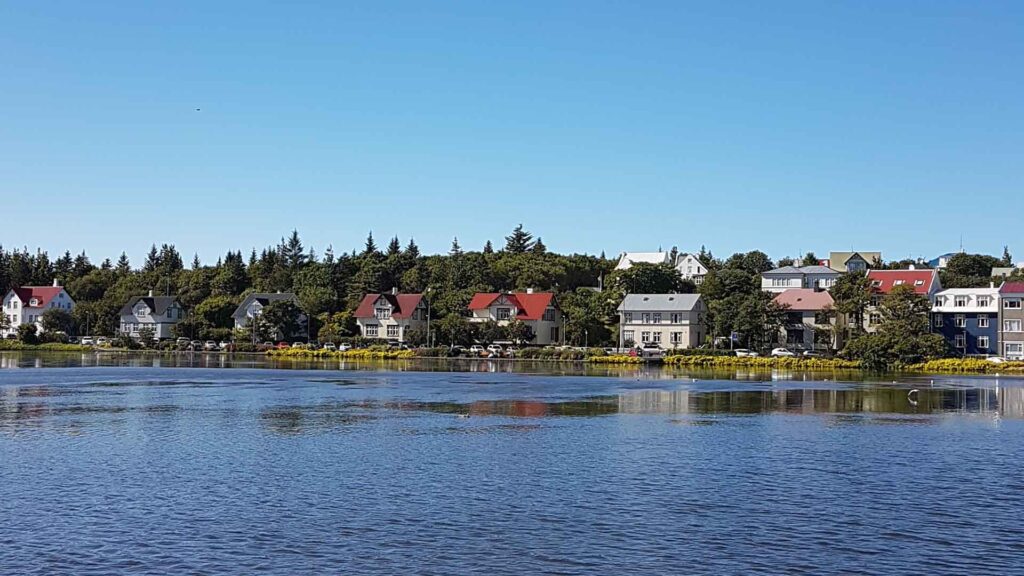
It goes without saying you should pack your mobile phone. However, we also recommend a camera unless you feel your phone has a good enough camera (which, in many cases, it has). It wouldn’t go amiss to bring a compact tripod for those extra beautiful scenes. Depending on where you are coming from, an outlet adapter might also be in order.
Don’t forget your driver’s licence, passport, other electronics such as Kindle or iPad, and credit card (with a chip and a pin; otherwise, you will not be able to use it).
Don’t forget:
- Mobile phone
- Camera
- Compact tripod
- Passport
- Driver’s licence
- Kindle / iPad
- Credit card with chip and pin
- Outlet adapter
Forgot something at home?
Not to worry. Iceland has everything you need. 66°North, Útilíf, Cintamani and Ullarkistan will have everything you need for colder days. You will find two shopping malls in the capital area: Kringlan and Smáralind. You will find many of the biggest clothing chains such as H&M, Zara, Vera Moda, Adidas, Levi’s, etc.
And finally, we invite you to take the Icelandic Pledge. Enjoy our country and leave everything as you found it.
Please signup HERE for our newsletter for more fun facts and information about Iceland!

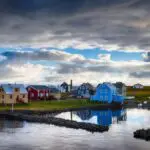
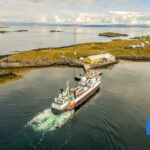
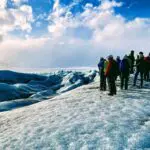
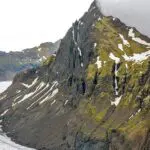
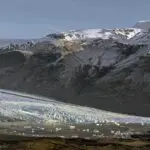


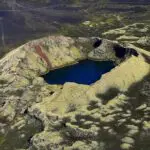

Going mid-September and doing the Ring Road. Will fleece-lined leggings suffice, if I add my Gore Tex pants over them as needed (for wind and rain)? I haven’t found thicker pants I like, and layering my merino wool under my leggings makes me feel claustrophobic.
Hi Whitney! We would always recommend real wool over polyester! If you get wet, the wool is really insulating, for example. It could even be enough to just wear the merino wool under the gore tex pants. I would at least recommend you take both the merino wool as well as the leggings. In the worst case you won’t use either of them, and they shouldn’t take up too much space in your suitcase 🙂 Have a brilliant trip in Iceland!